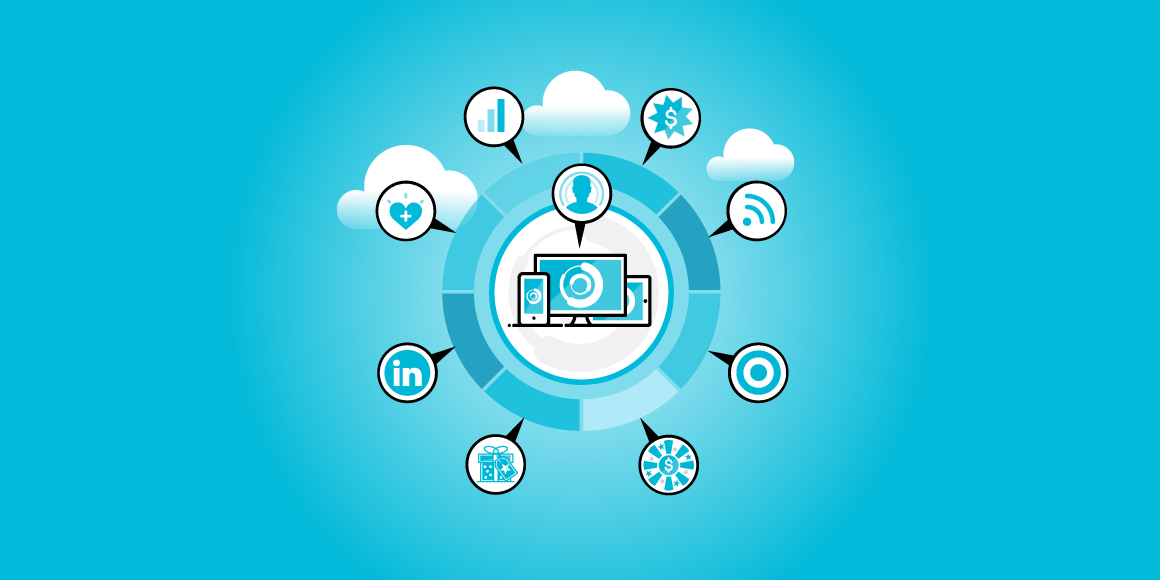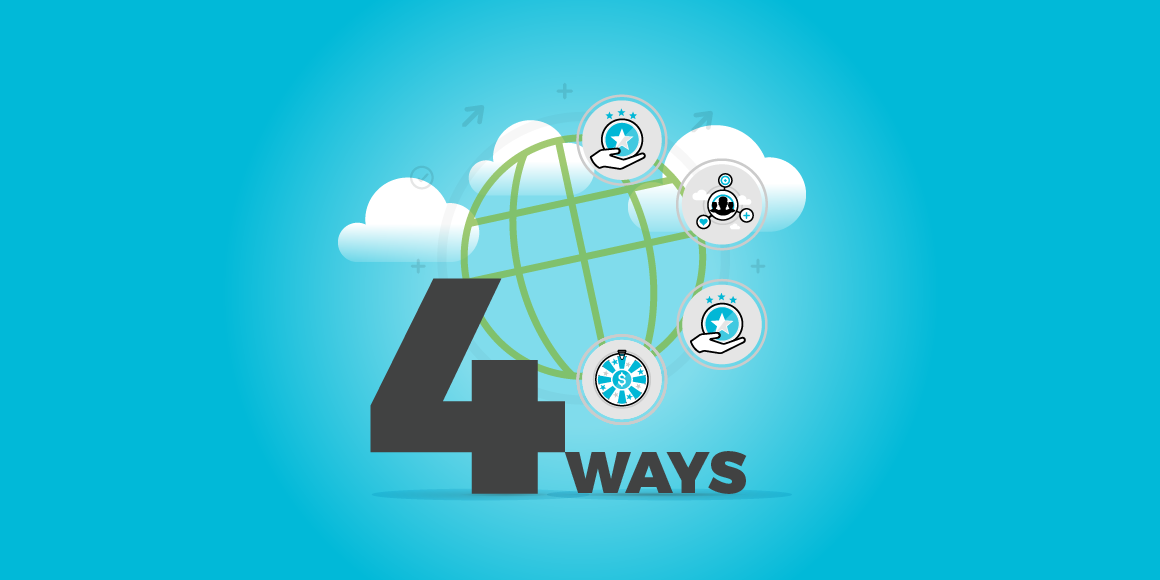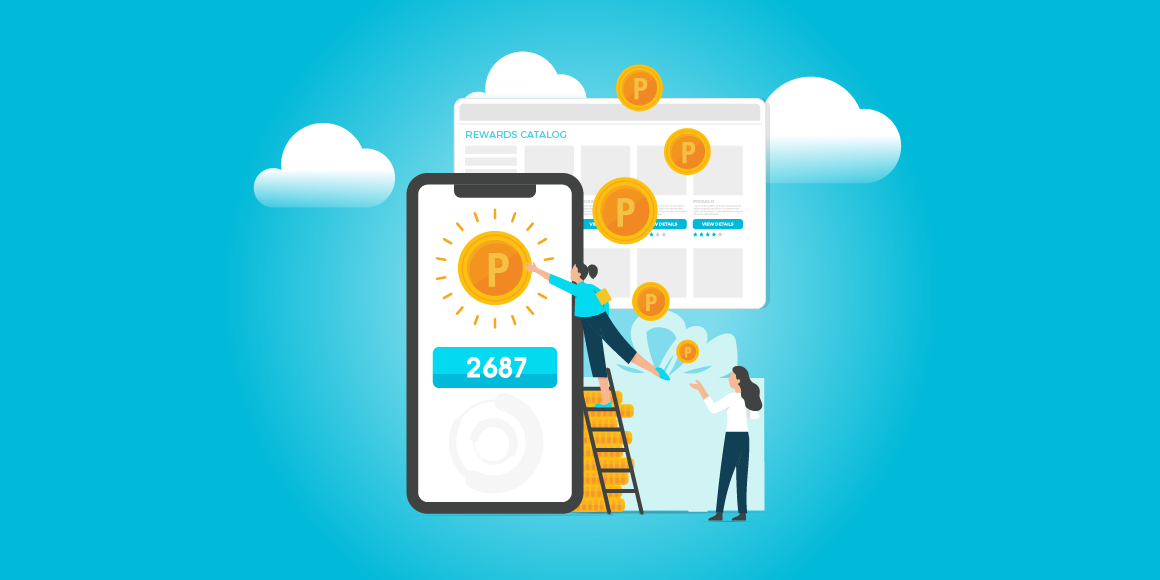When your sales team’s performance dips, your revenue dips along with it. And if your sales team isn’t motivated, they won’t perform to the extent of their potential.
This is why your sales incentive program is so crucial. A well-run sales incentive program is not just about handing out rewards; it's about crafting a culture of excitement and healthy competition that elevates the entire team. Imagine your sales floor buzzing with energy, where every member is driven not just by quotas but by the thrill of achievement. This isn't just wishful thinking—it's the tangible benefit of a thoughtful incentive program.
So how do you transform this vision into reality? It starts with asking the right questions. We’ve compiled 14 key questions that you need to answer to create a successful and effective sales incentive program.
Getting Started
Not all sales teams are the same, yet many sales incentive programs have a one-size-fits-all approach. Some of your team may be motivated by cash rewards or higher commission. Some may like the opportunity to earn more tangible things like a trip to the Super Bowl or a set of Apple Airpods. The point is, knowing your team members’ interests and tastes can help you tailor contests, sweepstakes and promotions to have the most impactful effect.
While we are firm believers in their ability to create mind share, motivating a sales team can prove difficult if you put all your eggs in one basket.
The best practice for your program is to include a wide enough range, while not bogging your team down with too many options. This process of overloading is called the Paradox of Choice, and it kills our engagement levels.
Instead, we want to balance our options between cash, merchandise, travel, and experiences. Many times, these awards can be items that participants may not necessarily purchase of their own accord. This will motivate the sales team by giving them access to thousands of great benefits without having them freeze up when it’s time to spend their points.
So, your first step is identifying the core tenants of your program. Some questions to help you navigate this:
- What has previously worked and what hasn’t? Understanding past successes and failures helps you refine your strategy by building on what motivates your team and avoiding past pitfalls.
- What are the demographics of your team? Knowing the demographics allows you to tailor incentives that resonate, ensuring inclusivity and relevance.
- What are the individual objectives? Team objectives? Aligning incentives with both individual and team goals ensures that the program supports broader organizational aims and personal ambitions.
- What are your expectations of this program? Clear expectations set the foundation for measuring success and refining the program to meet organizational goals.
Setting Up Your Program
Setting up a sales incentive program can be approached in a DIY fashion, but using a specialized tool like 360insights offers distinct advantages. These platforms provide expert guidance and advanced features that enhance program effectiveness and ensure smooth integration with existing systems. They also offer ongoing support and analytics, allowing for continuous performance tracking and optimization. This makes them a more efficient and scalable option compared to the challenges of a DIY approach, which may lack the same level of expertise and resources.
If you go the platform route, it’s critical to pick the right provider. Consider these factors:
- Can they integrate with your CRM system? Integration ensures seamless operation and data flow, enhancing efficiency and effectiveness.
- Will they provide current program strategy & incentive design ideas/best practices? Access to expert strategies and best practices helps keep the program innovative and aligned with industry standards.
- Will they help to write rule structures, set objectives, establish appropriate goals and grant access to leading incentive and loyalty program research? This support aids in crafting a well-structured program grounded in proven methodologies.
- Can their platform run multiple promotions to different audiences simultaneously? This flexibility allows for targeted and diverse incentive strategies across various team segments.
- Will their platform allow for leaderboards, gamification strategies, and statement pages? Gamification elements enhance engagement by adding a competitive and interactive dimension.
- Is their platform easy to use, easy to manage, and does it require minimal internal IT/administrative support? A user-friendly platform reduces the burden on internal resources, allowing for smoother implementation.
- Will they help to market the program and effectively communicate to the target audience, ensuring engagement? Effective communication ensures that the program is well-received and understood, maximizing participation.
- Will they provide database management & business logic development? Robust data management supports informed decision-making and strategic adjustments.
- Can they provide program analytics, KPI tracking, and ROI measurement? Analytics and KPI tracking are essential for assessing the program’s success and making data-driven improvements.
- Do they offer program customer service (toll free line, IM chat service, etc.)? Reliable customer service ensures that issues are quickly resolved, maintaining participant satisfaction and program integrity.
Conclusion
In conclusion, performance incentive programs are vital tools that can significantly enhance sales team motivation and performance. By utilizing the provided checklist, organizations can tailor their programs to align closely with their specific goals and team dynamics. Whether you opt for a DIY approach or seek professional guidance, these questions serve as a valuable roadmap to crafting an effective and comprehensive program. They ensure that you consider all aspects of motivation and engagement, from integration and strategy to support and analytics. Ultimately, a well-structured incentive program not only drives sales but also fosters a culture of achievement and enthusiasm within your team.






